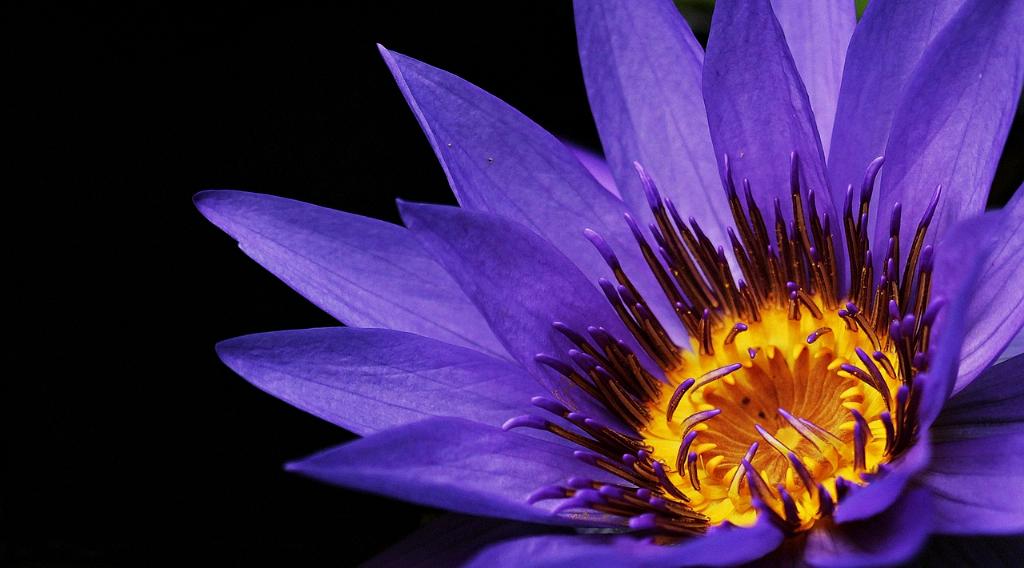Before addressing a dying peace lily, it’s crucial to understand the typical needs of this plant. Peace lilies thrive in indirect sunlight, moderate temperatures, and high humidity levels. They prefer consistently moist soil but can suffer if overwatered. Keeping these requirements in mind is key to restoring health to your struggling plant.
Assessing the Health of Your Peace Lily
When caring for a peace lily that is showing signs of distress, start by assessing its overall health. Check for any yellowing or browning leaves, mushy stems, or wilting foliage. These symptoms can provide insight into what might be causing the decline in your plant’s health.
Repotting Your Peace Lily
One of the first steps in revitalizing a dying peace lily is to repot it. Gently remove the plant from its current pot and inspect the roots. Trim any black, mushy, or rotten roots, and repot the plant in fresh, well-draining potting mix. This process can help improve drainage and provide the plant with a healthier environment to grow.
Adjusting Watering Practices
Improper watering is a common cause of peace lily decline. Ensure that you are watering your plant correctly by allowing the top inch of soil to dry out between waterings. Overwatering can lead to root rot, while underwatering can cause the plant to wilt. Finding the right balance is vital for the health of your peace lily.
Creating a Humid Environment
Peace lilies thrive in humid conditions, so consider increasing humidity around your plant to promote growth. You can mist the leaves regularly, place a humidity tray nearby, or use a humidifier to create the ideal growing environment for your peace lily.
Providing Adequate Light
While peace lilies prefer indirect sunlight, they still require adequate light to thrive. Ensure that your plant is placed in a location where it receives bright, filtered light throughout the day. Avoid exposing the plant to direct sunlight, as this can scorch the leaves and cause damage.
Pruning Dead or Dying Foliage
To encourage new growth and maintain the overall health of your peace lily, it’s essential to prune away any dead or dying foliage. Use clean, sharp scissors to trim away yellow or brown leaves, as well as any stems that appear unhealthy. This process can help redirect energy to healthier parts of the plant.
Feeding Your Peace Lily
Feeding your peace lily with a balanced houseplant fertilizer can help provide the nutrients it needs to recover. Choose a fertilizer that is specifically formulated for flowering plants and follow the instructions for application carefully. Fertilizing your plant sparingly can support its growth and overall well-being.
Monitoring for Pests
Pests can also contribute to the decline of a peace lily. Keep an eye out for common houseplant pests such as spider mites, mealybugs, and aphids. If you notice any signs of pest infestation, take prompt action to remove the pests and prevent them from causing further damage to your plant.
Consulting a Plant Expert
If despite your best efforts, your peace lily continues to decline, consider seeking advice from a plant expert or a local nursery. They can provide additional guidance on caring for your plant and help identify any underlying issues that may be contributing to its poor health.
Remaining Patient and Observant
Reviving a dying peace lily takes time and patience. Monitor your plant closely, making adjustments to its care regimen as needed. By staying observant and responsive to your plant’s needs, you can increase the chances of successfully restoring its health and vitality.
Enjoying the Rewards of Careful Maintenance
With proper care and attention, your peace lily has the potential to rebound and thrive once again. By following these steps and dedicating time to nurturing your plant, you can enjoy the beauty of a healthy, vibrant peace lily in your home for years to come.

